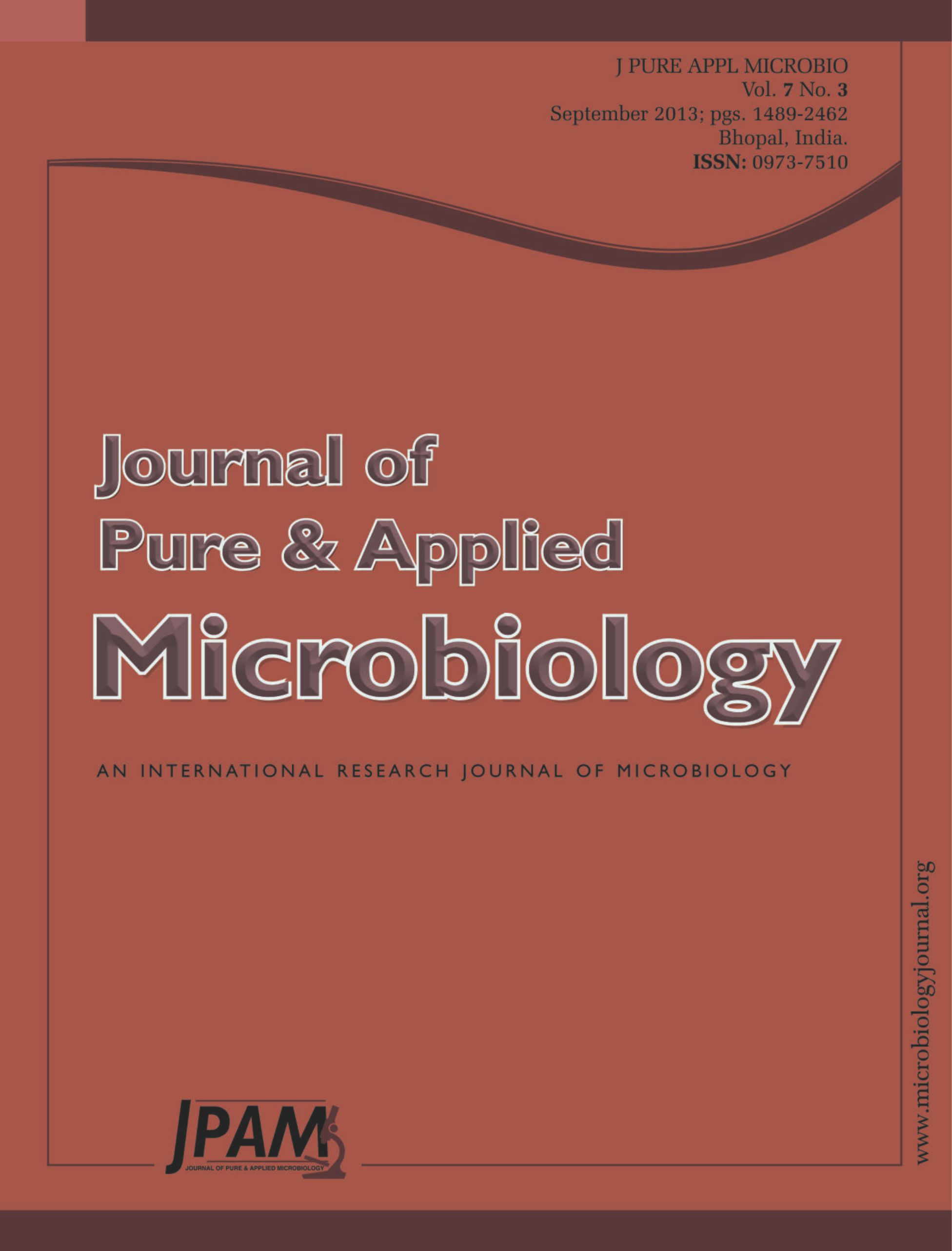The efficiency of two surfactants; wood ash (a domestic/agricultural by-product) and Tween 80 (a chemically synthesized surfactant) was investigated during the bioremediation of crude oil contaminated soil. The soil samples were contaminated with crude oil at 5% and 10% levels and inoculated with hydrocarbonoclastic organisms. Microbial anaylsis of the soil amended with wood ash (2.5%) gave a range of 9.50 x103 Cfu/g to 1.80 x105 Cfu/g and 8.00 x103 Cfu/g to 1.70 x105 Cfu/g while those amended with Tween 80 (2.5%) was 6.00 x103 Cfu/g to 2.10 x105 Cfu/g and 1.00 x104 Cfu/g to 8.50 x104 Cfu/g for 10% and 5% levels of contamination respectively. The pH values for all soils were observed to increase from acidity (5.63) to near neutrality (averagely 6.75). Other soil physicochemical parameters also showed variations during the period. After 90 days, the soils’ Total Residual Hydrocarbon Content (TRHC) revealed differing reductions as aided by the surfactants. Soil samples with 10% crude oil contamination had background crude oil level of 9,751 mg/Kg, and at the end of the period, soil amended with wood ash recorded a TRHC of 887.22 mg/Kg while that amended with Tween 80 recorded 1,450 mg/Kg representing 90.90% and 85.12% reductions respectively. Soils with 5% levels of contamination had higher reduction rates as wood ash recorded 94.54% while Tween 80 had 90.28% from a background contamination level of 8226 mg/Kg. Wood ash enhanced the degradation of the crude components C8 to C28 more than that achieved by Tween 80.
Bioremediation, Surfactants, Wood ash, Tween 80, Hydrocarbonoclastic organisms
© The Author(s) 2014. Open Access. This article is distributed under the terms of the Creative Commons Attribution 4.0 International License which permits unrestricted use, sharing, distribution, and reproduction in any medium, provided you give appropriate credit to the original author(s) and the source, provide a link to the Creative Commons license, and indicate if changes were made.


